Scotland’s City and the Sgurr is a spicy new route that’s just right for hill repeats and tough climbing races. The route takes in both sides of the Sgurr climb; the longer side (Sgurr Summit North) is 1.6km long at 3.7%, while the shorter side (Sgurr Summit South) is 1km at 3.3%.
The climbs are really the focal points of the route. Everything else is just turnarounds and descents!
What makes it really interesting, though, is that the longer climb is mostly gravel. With different types of bikes rolling at different speeds on different surfaces, City and the Sgurr’s mixed-surface design leaves riders asking: which type of bike should I use for this course?
Our Test Bikes
To answer the question, we tested the route using three different frame/wheel combos and a solo rider (75kg) holding steady wattage (300W) with no drafting. Here are the bikes, in order of their performance on a flat, paved road:
- Tron Bike (Zwift Concept Z1)
- Specialized Crux + CADEX wheels (gravel bike)
- Scott Spark RC World Cup (mountain bike)
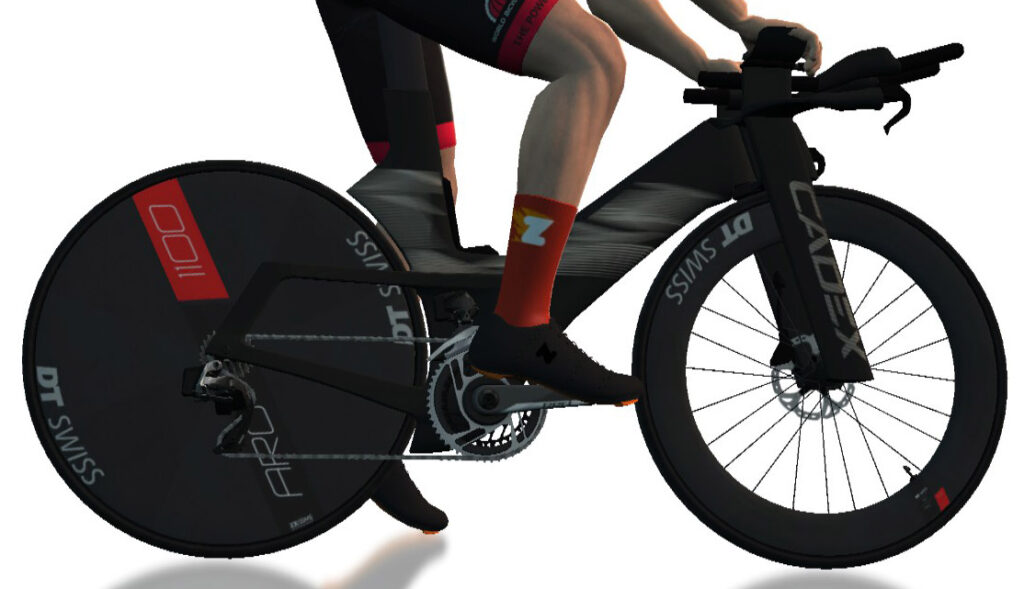
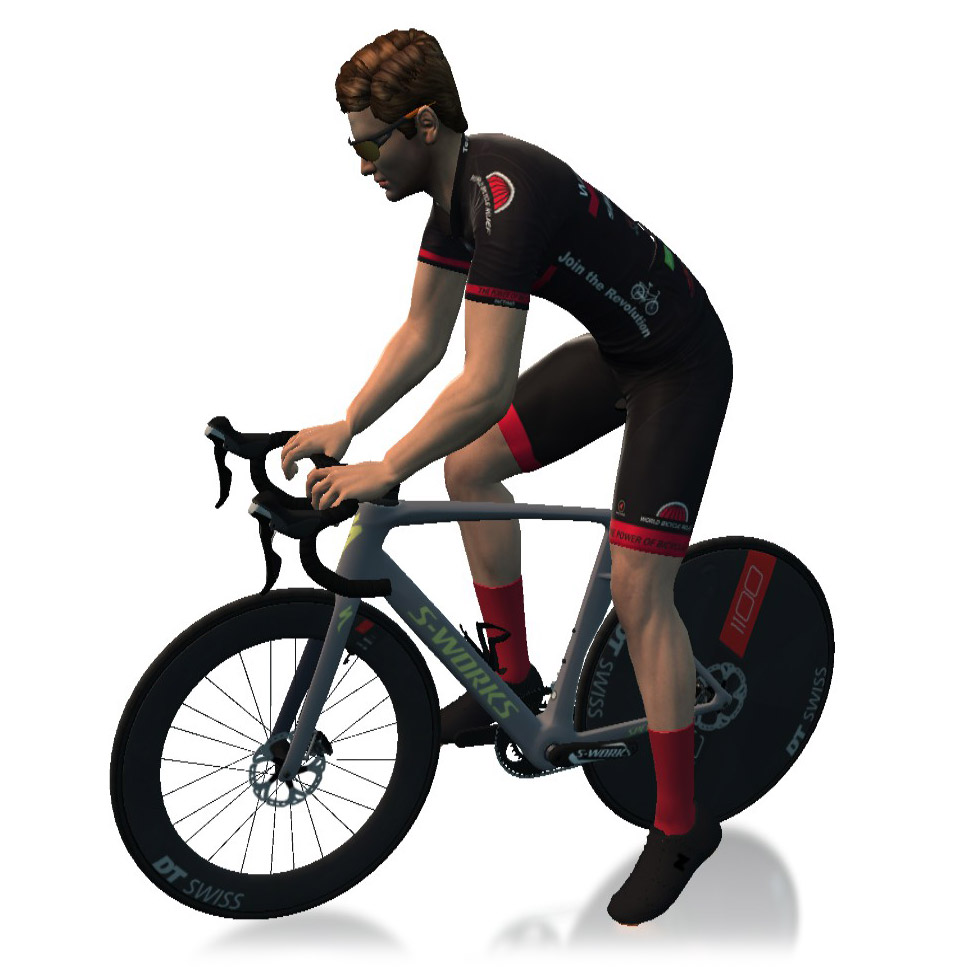
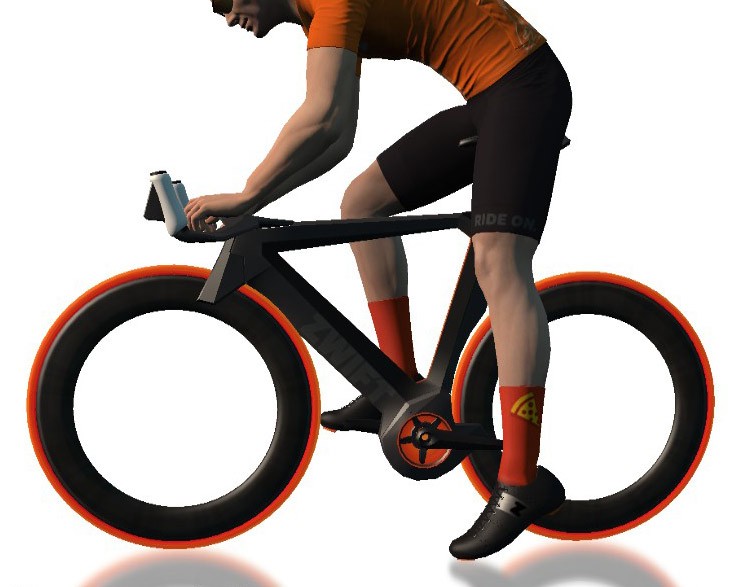
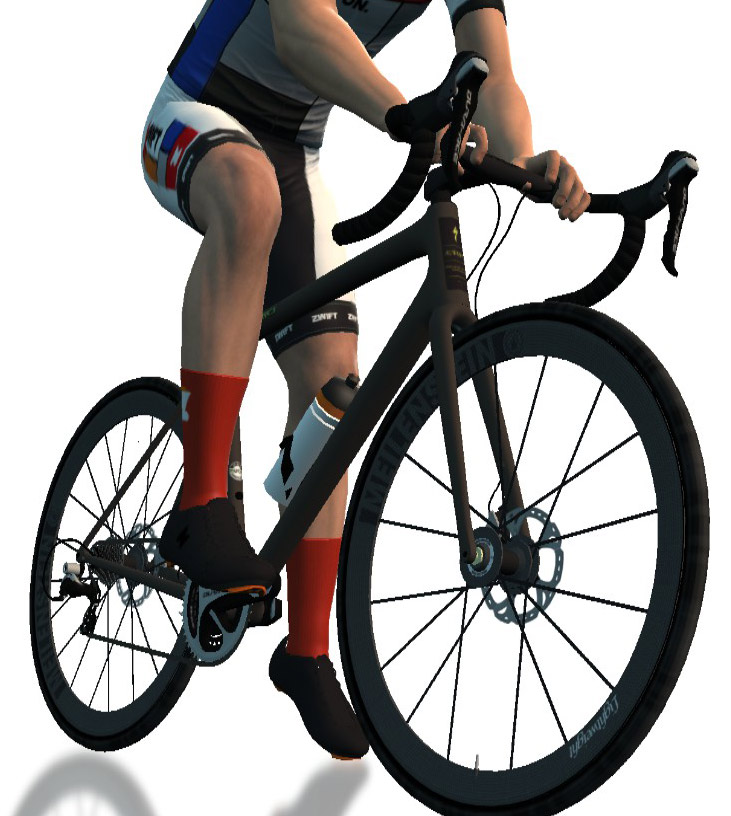
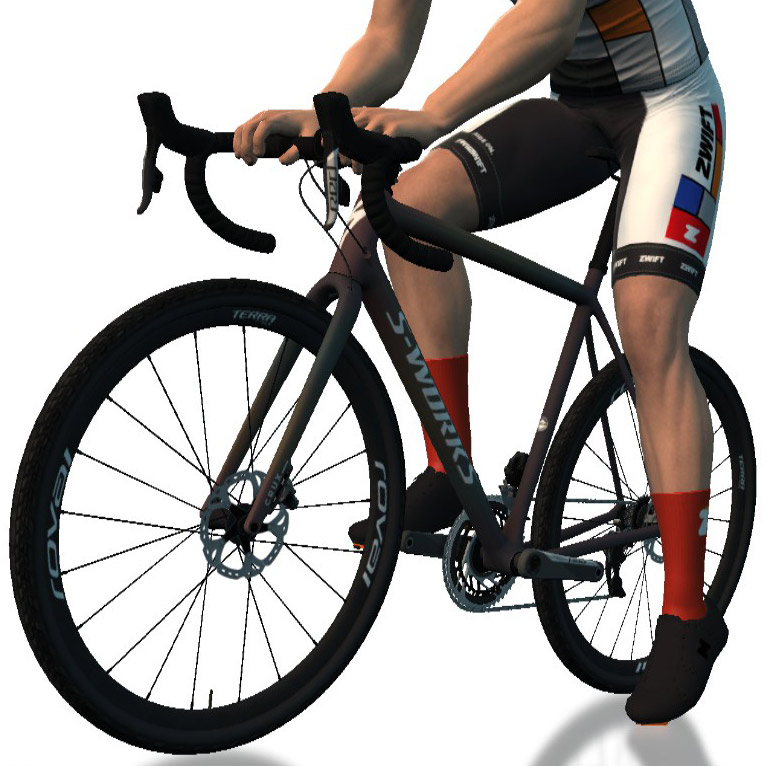
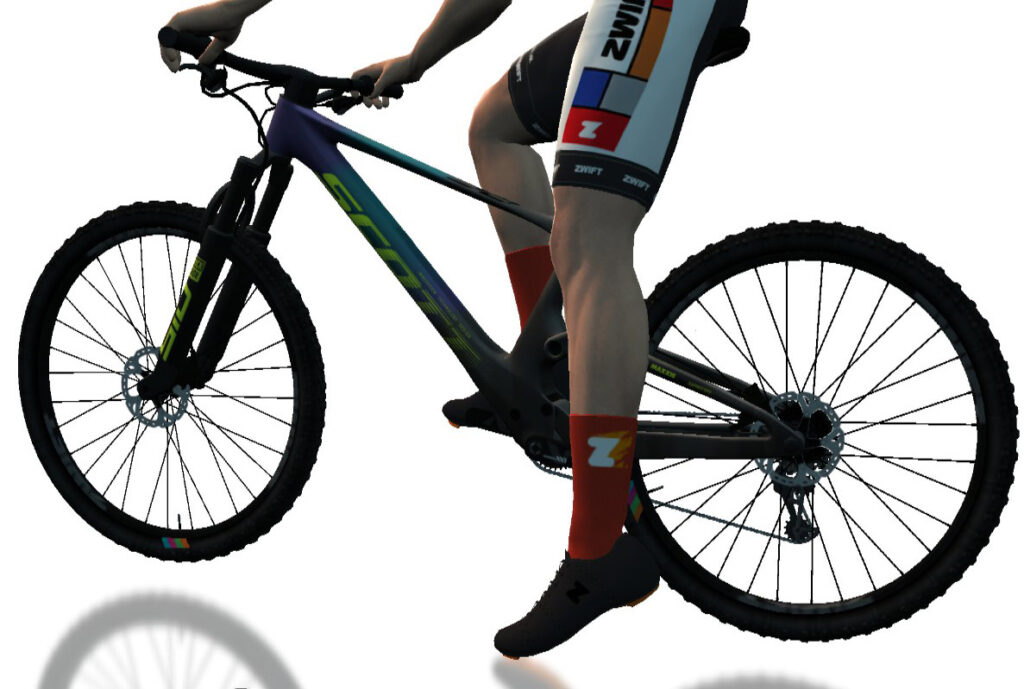
Results: Sgurr Summit North
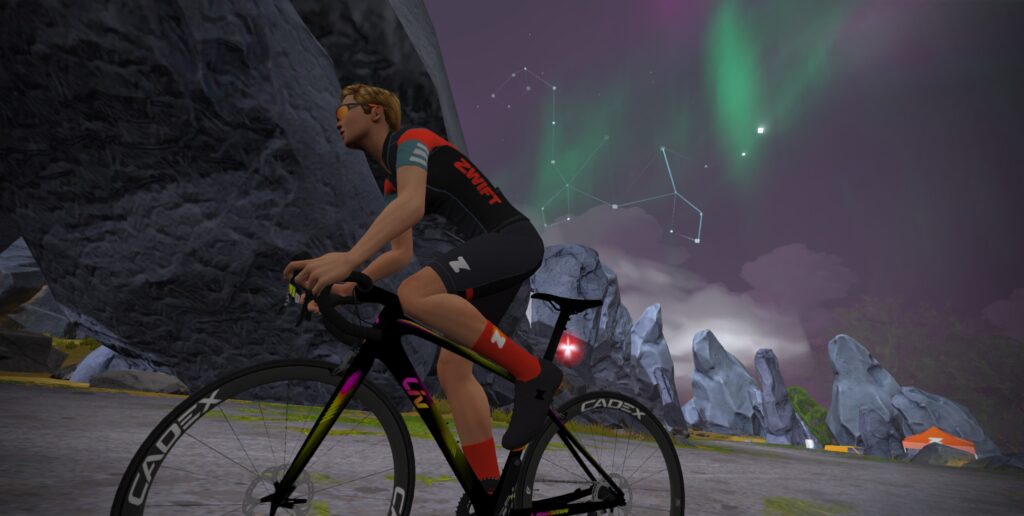
This is the main climb on the route, so naturally we were curious how each bike would perform. Not surprisingly, the gravel bike (Crux) beat everyone else, hands-down.
| Frame + Wheelset | KOM Time |
| Specialized Crux + Rovals | 3:55.99 |
| Scott Spark RC World Cup (MTB) | 4:05.04 |
| Tron | 4:01.2 |
Results: Sgurr Summit South
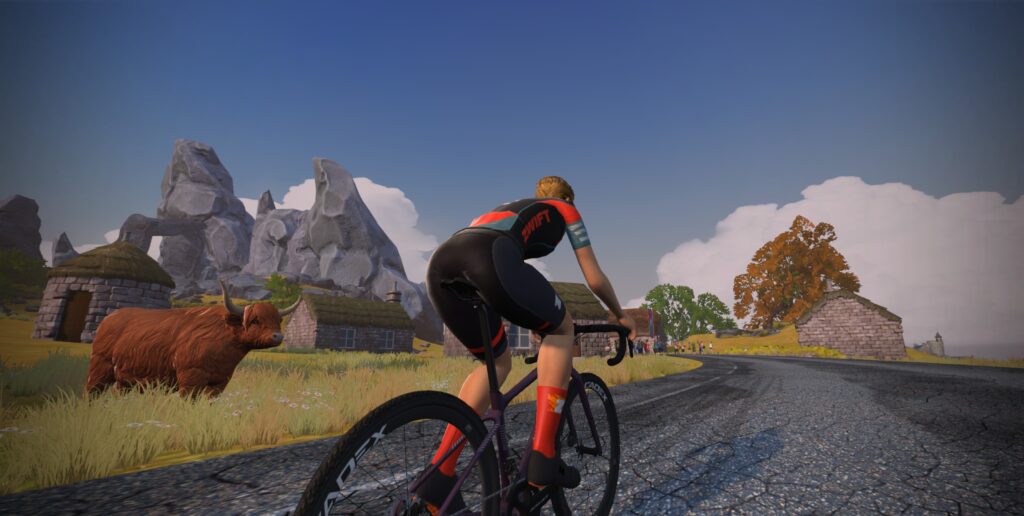
What about the paved side of the climb? Again, the results aren’t surprising – the road bikes won, and aero won the day:
| Frame + Wheelset | KOM Time |
| Cadex Tri + DT Swiss Disc | 2:09 |
| Specialized Venge S-Works + DT Swiss Disc | 2:11 |
| Specialized Aethos + Lightweight Meilensteins | 2:12 |
| Tron | 2:12 |
| Specialized Crux + Rovals | 2:21 |
| Scott Spark RC World Cup (MTB) | 2:31 |
The Venge and its heavy disc wheels edging out the Tron and Aethos may be surprising, but this can be attributed to a few factors:
- The climb is short, leaving already closely-matched frames without enough road to pull away from each other
- The climb isn’t very steep on this side, so aero abilities still matter
- Strava is only precise to the second, so the time difference could just be a rounding error
Results: Full City and Sgurr Course (Not Including Lead-In)
Now the big question: which setup is fastest over one lap of the course?
| Frame + Wheelset | Time |
| Cadex Tri + DT Swiss Disc | 10:29 |
| Specialized Crux + Rovals | 10:37 |
| Specialized Venge S-Works + DT Swiss Disc | 10:43 |
| Tron | 10:43 |
| Specialized Aethos + Lightweight Meilensteins | 10:49 |
| Scott Spark RC World Cup (MTB) | 11:11 |
Why did the Cadex Tri win? Because TT bikes on Zwift are much more aero than other frames. But in a race with drafting, a TT frame definitely isn’t your best choice.
In a drafting race, the Crux wins. Why? Do the math. The route is only 5.9km long, and that includes going up and down the 1.6km gravel climb. That’s ~3.2km of gravel, which means more than half the route is gravel.
If you include the lead-in, the gravel percentage actually increases to ~55% of the course. And in fact, if you include the lead-in, the Crux beats the Cadex Tri in a TT race by 2 seconds. Truth.
More to Consider
Hopefully, the timings above are a helpful guide when choosing your bike for the City and Sgurr route. But before you go, there are a few more things worth noting:
Watch the Finish
The last bit of the gravel climb is actually paved, so if you’re on a gravel bike racing riders on road bikes, you’ll want to shake them off your wheel before you get to the end.
Last Climb Counts
In a race, riders will generally save what they can and then go all-in on the final climb. That final climb is the gravel side, and you’ll probably want every advantage you can get for your last ascent of the Sgurr.
Power Savings
Based on the Crr numbers, gravel bike power savings is around 2x that of the road bike, when each bike is on its ideal surface.
Example: at 40kph a road bike saves 36W over gravel on pavement. But at that same speed on gravel, a gravel bike saves 66W over a road bike!
Bike Choice Doesn’t Matter (Much)
Don’t stress about using the exact same gravel or road bike setup as I did in my tests. The fastest gravel bike or fastest road bike you have access to will turn in very similar times. The biggest concern is the type of bike (road vs gravel).
Racing Tips: City and the Sgurr on a Gravel Bike
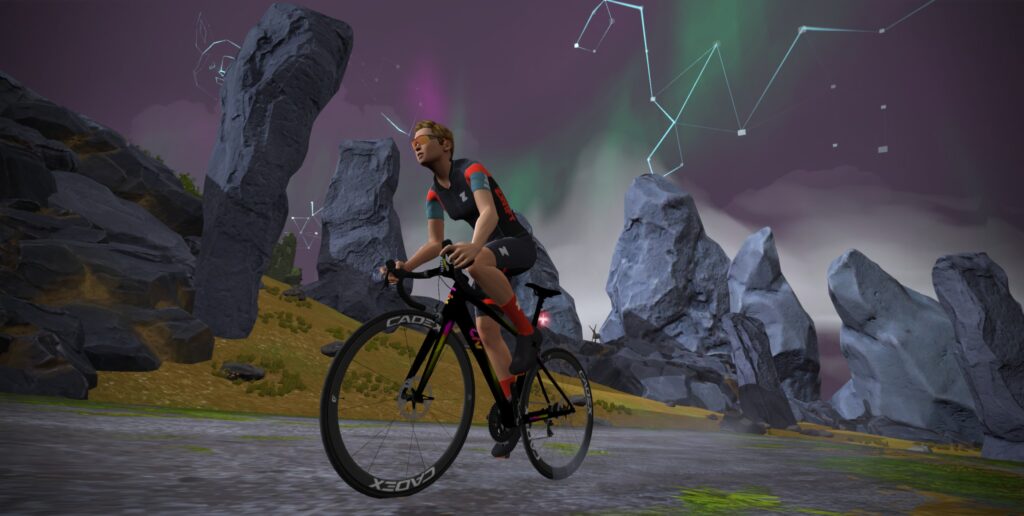
If you opt for a gravel bike on your next City and the Sgurr race, here’s how I would break up the race mentally in order to finish well against other gravel bike riders while dropping the roadies:
- Paved Lead-In (0-1.1km): Be ready to go hard for the first kilometer: Zwift race starts are always a bit spicy, but this will be extra hard for you since you’ll be trying to keep up with road bikes on pavement. Sit in the draft, hold a good position, and wait for the gravel before you attack.
- First Gravel Climb (1.1-2.6km): keep the pace high, but know that if you go off the front you’ll get pulled back by roadies on the paved descent and climb. Put the hurt on the road bikes if you can, or just maintain a good pack position if you’re struggling.
- Paved Descent (2.7-3.7km): normally you’d be recovering on the descent, but you may need to put in a bit of work to stay in the wheels of the road bikes. Try not to let them drop you, as you may never pull them back if they get too far away this early!
- Paved Climb (4.1-5.1km): this will be the most challenging part of the ride in terms of maintaining a good place in the peloton, since you’re fighting against advantaged road bikes. Grit your teeth, sit in the wheels, and push hard – you’ll be able to recover on the gravel descent just up the road.
- Gravel Descent (5.1-6.7km): probably the easiest part of your race, unless you’re needing to push to bridge across to groups ahead. If you’re in the front group you should be able to almost soft pedal here and get that heart rate down.
- Second Gravel Climb (7-8.6km): there’s probably carnage all over the race course, but this final climb is going to be extra brutal. If you’ve survived in the front pack, be sure to drop any roadies before the final paved ~100m to the line, so they don’t outsprint you. Mid-pack or near the back? See how many roadies you can catch before the top. Go for gravel glory!
Question or Comments?
Post below!
